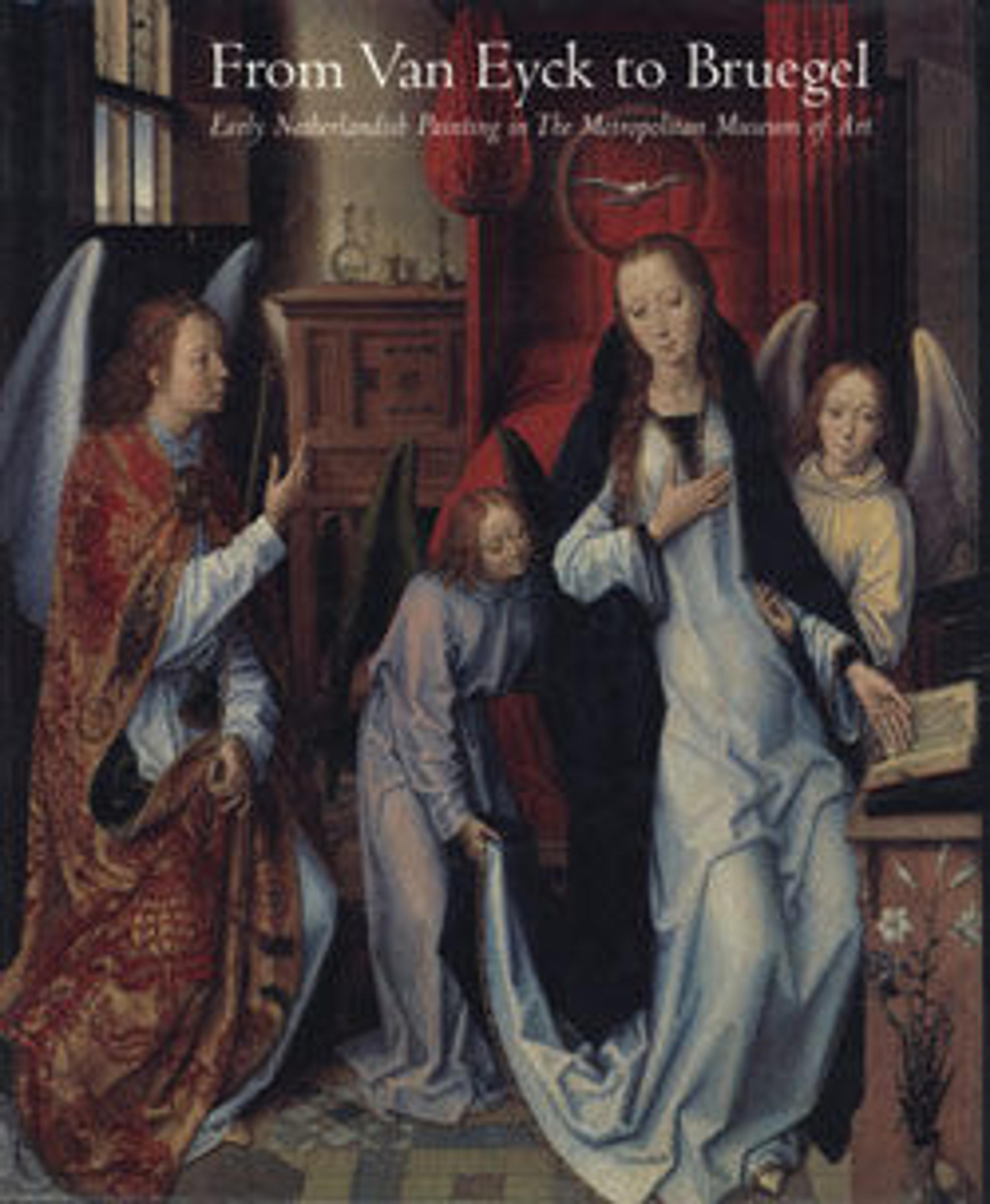The Descent from the Cross
The Master of the Holy Blood, an uninventive and repetitive artist who appears to have been trained in Antwerp and to have settled in Bruges, takes his name from a Lamentation altarpiece in the Heilig Bloedmuseum, Bruges. The center panel of the present work is a late reflection of a lost but often copied Descent from the Cross by Rogier van der Weyden. To this essentially fifteenth-century composition have been added wings with individual saints that show the influence of the early-sixteenth-century Antwerp painter, Quentin Massys. There is in-painting along several vertical splits and joins which had separated, particularly in the center panel.
Artwork Details
- Title: The Descent from the Cross
- Artist: Master of the Holy Blood (Netherlandish, ca. 1520)
- Medium: Oil on wood
- Dimensions: Central panel, overall 36 x 28 1/2 in. (91.4 x 72.4 cm), painted surface 35 5/8 x 28 1/2 in. (90.5 x 72.4 cm); left panel, overall 36 x 12 3/8 in. (91.4 x 31.4 cm), painted surface 35 1/2 x 12 3/8 in.(90.2 x 31.4 cm); right panel, overall 35 7/8 x 12 5/8 in. (91.1 x 32.1 cm), painted surface 35 3/8 x 12 1/2 in. (89.9 x 31.8 cm)
- Classification: Paintings
- Credit Line: Gift of Clyde Fitch and Ferdinand Gottschalk, 1917
- Object Number: 17.187a–c
- Curatorial Department: European Paintings
More Artwork
Research Resources
The Met provides unparalleled resources for research and welcomes an international community of students and scholars. The Met's Open Access API is where creators and researchers can connect to the The Met collection. Open Access data and public domain images are available for unrestricted commercial and noncommercial use without permission or fee.
To request images under copyright and other restrictions, please use this Image Request form.
Feedback
We continue to research and examine historical and cultural context for objects in The Met collection. If you have comments or questions about this object record, please complete and submit this form. The Museum looks forward to receiving your comments.
